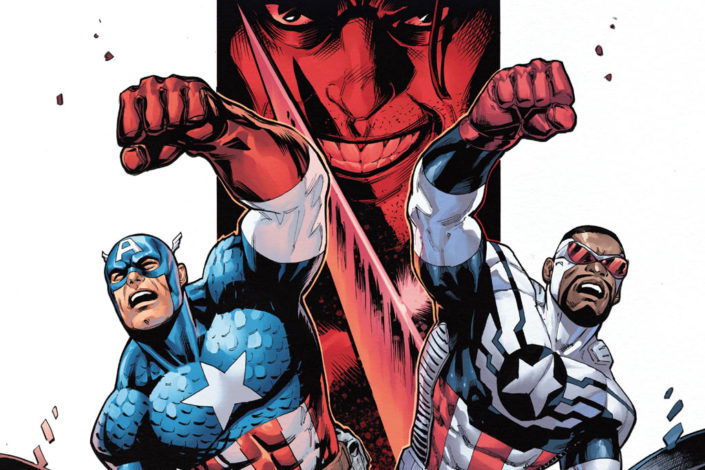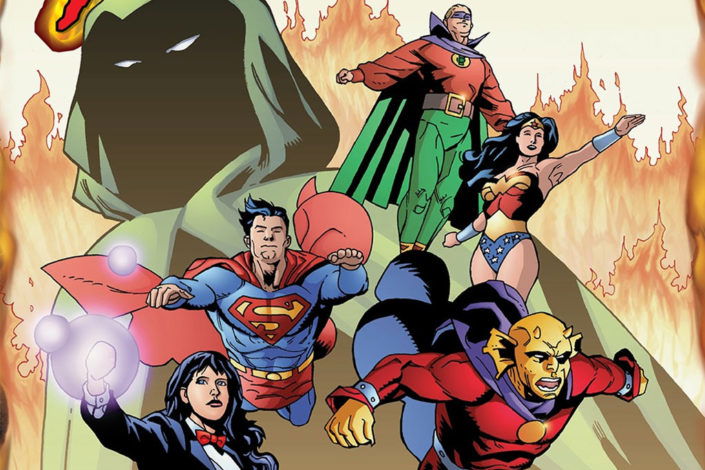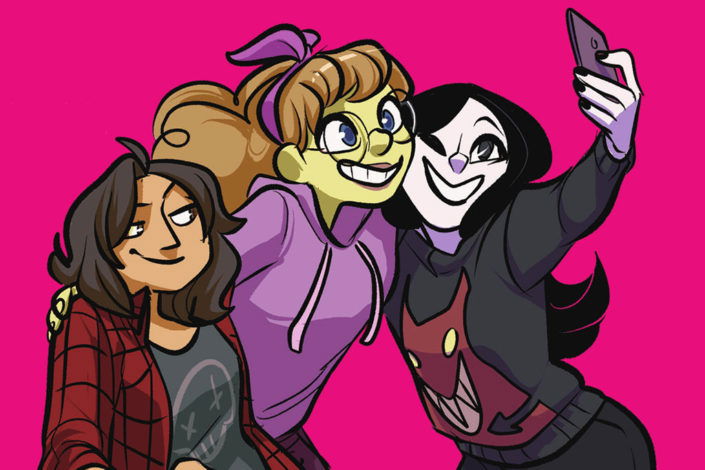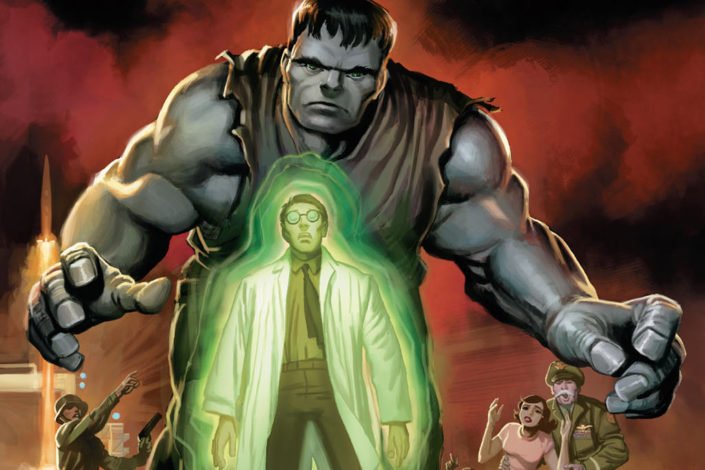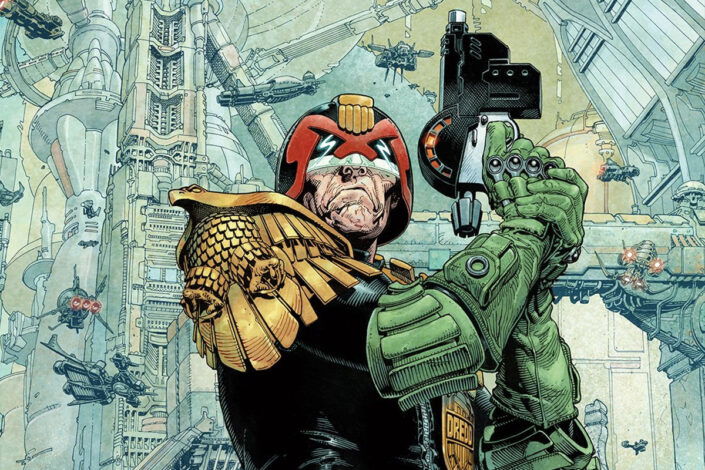DC Icons Series: The Complete list of the DC Young Adult novels
In 2017, Warner Bros. and DC Entertainment partnered with Random House Books for Young Readers to publish young adult novels naturally set outside DC Comics’ main continuity. Those are coming-of-age stories centered on the characters when they are younger and discovering who they are and what it means to be a hero.
Those are all original stories, and not retellings of classic origin stories, written by some of the most famous young adult novel writers right now. And if this all began in the book format, some of those stories have also been adapted into graphic novels (it’s DC Comics after all!).
The DC Icons Series is one of the lines developed by DC Comics to attract a younger and new audience to the world of superhero comics and for them to become more familiar with those pop culture icons that everybody knows by name.
Below you’ll find a list of the DC Icons book series, with Batman, Catwoman, Wonder Woman, and more…
Read More »DC Icons Series: The Complete list of the DC Young Adult novels

